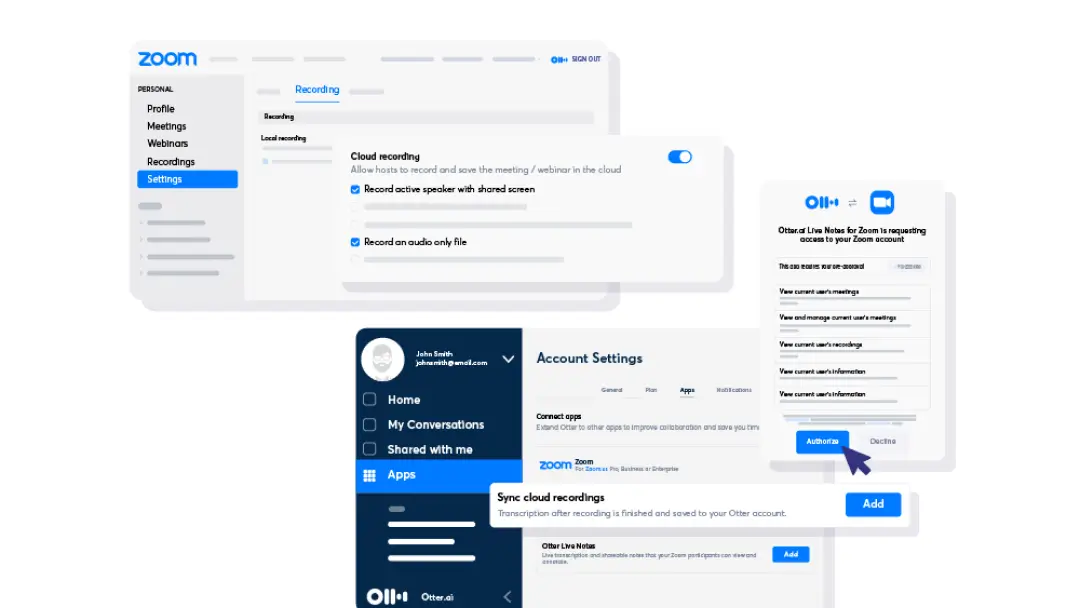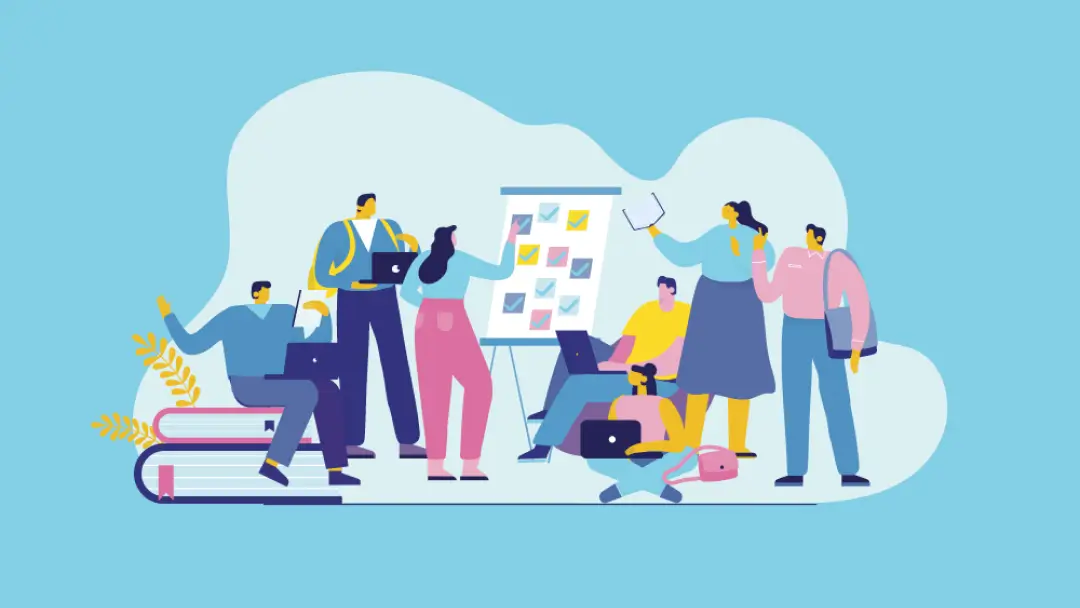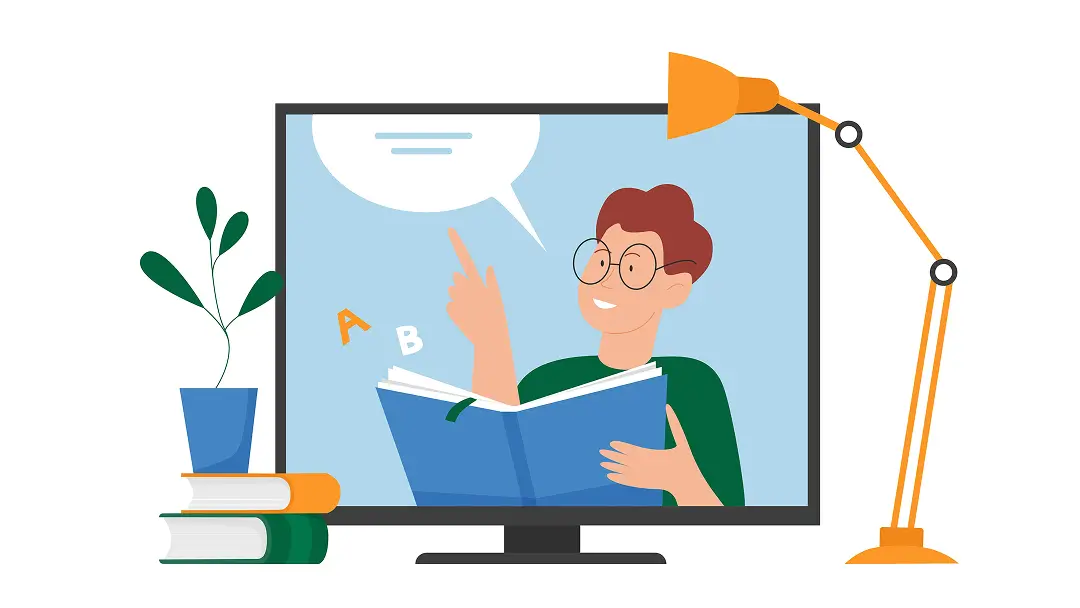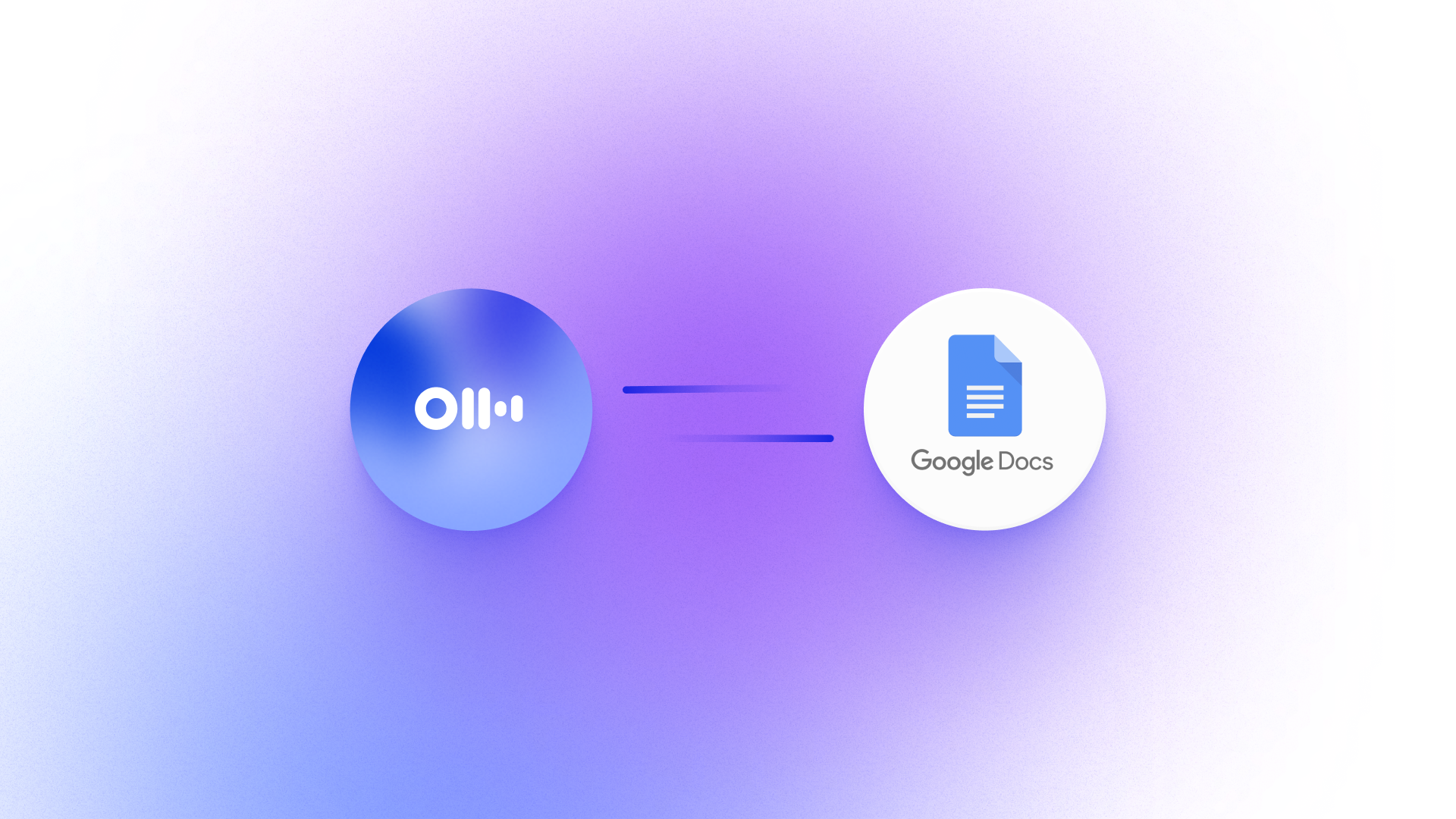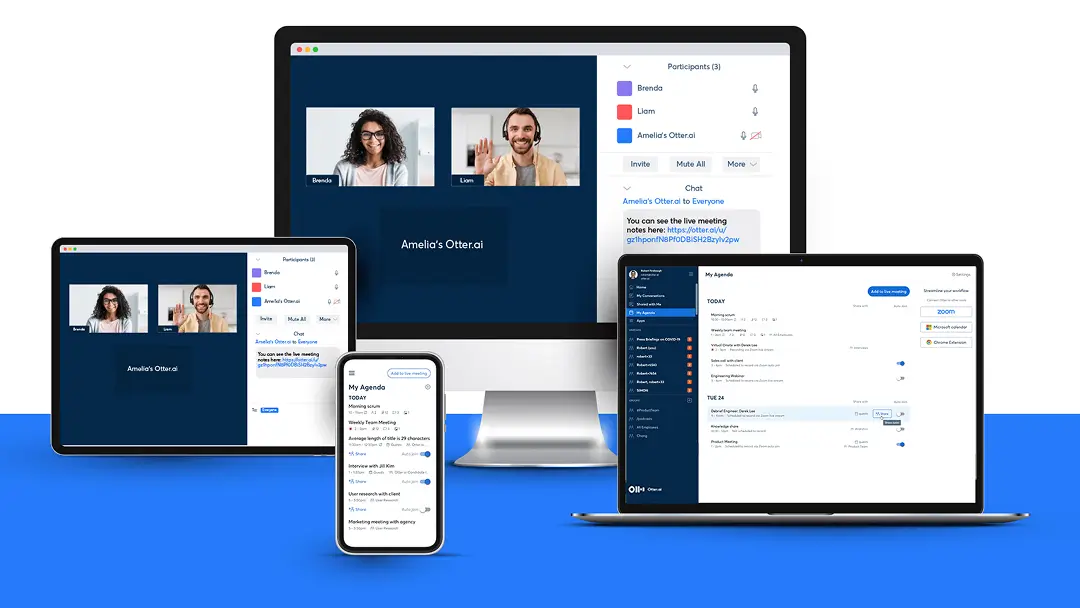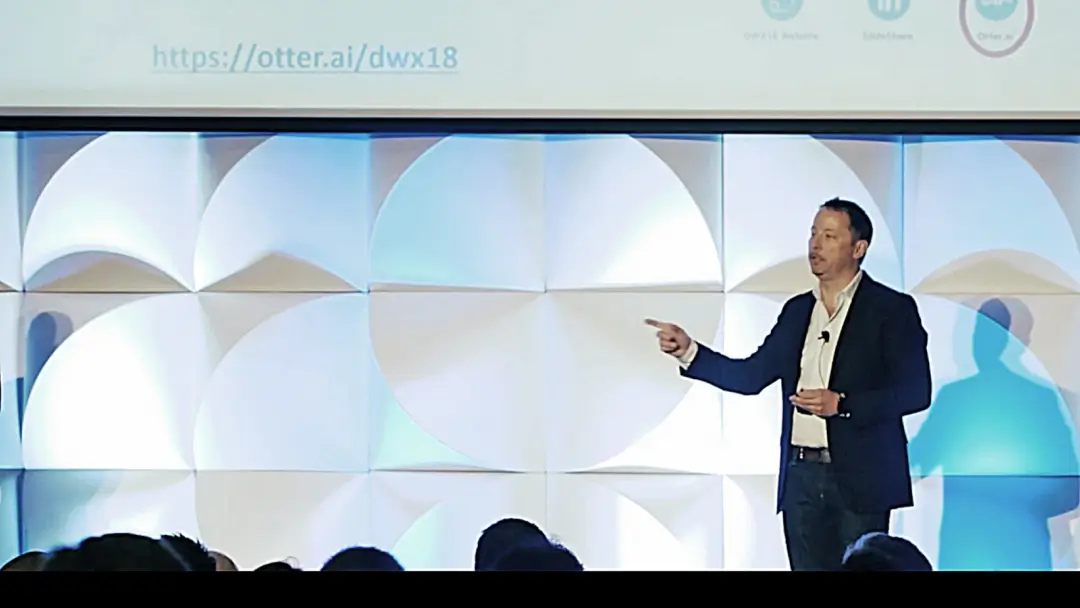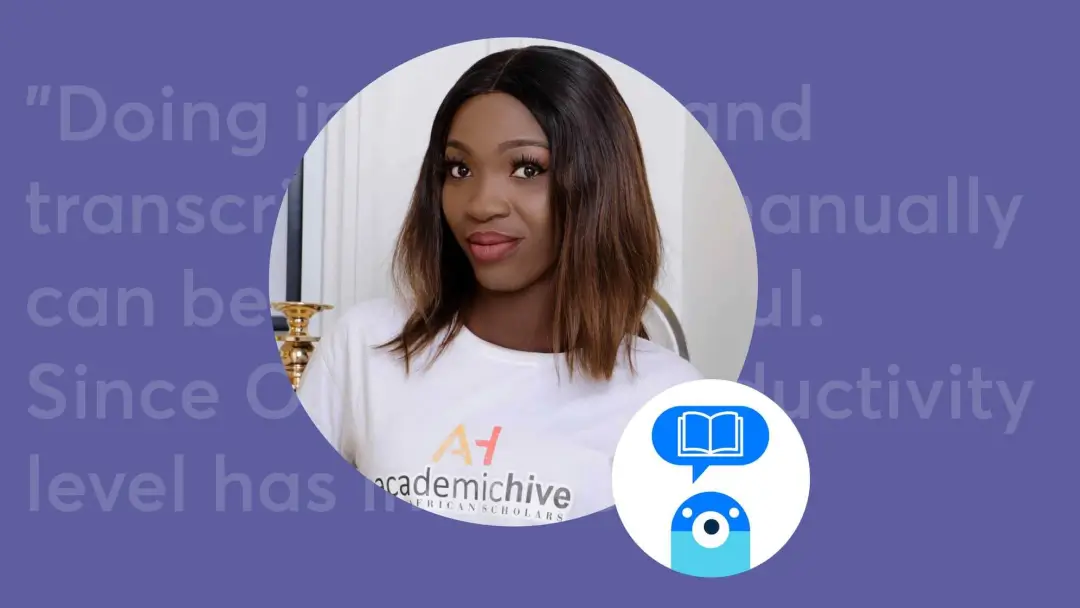In Otter Words - Sam Lessin
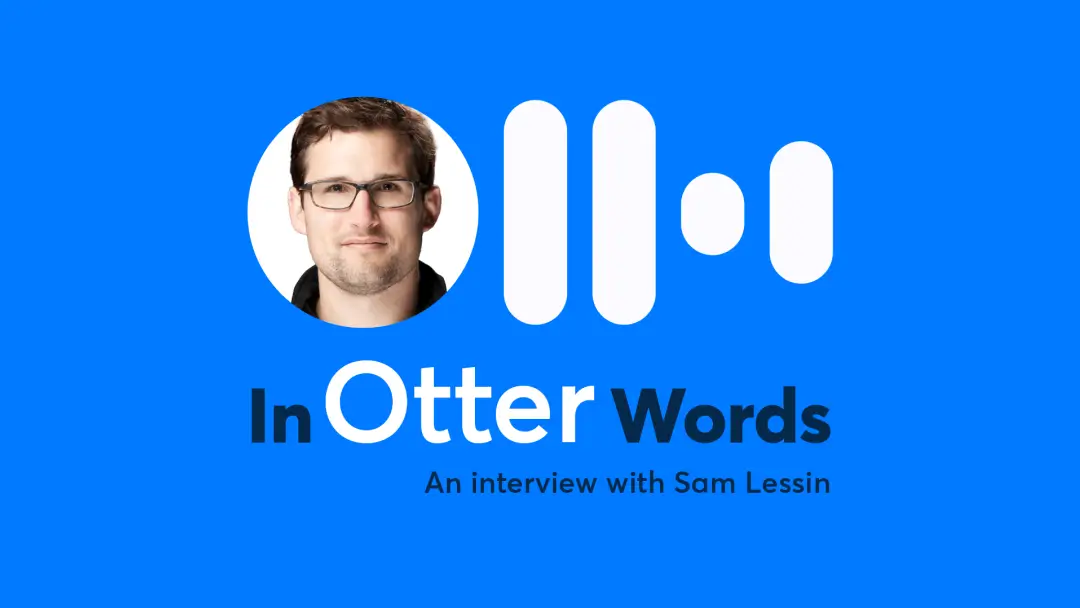
As a tech investor and company founder, Sam Lessin uses Otter for many kinds of tasks that help him do his job, such as circulating the notes from meetings to his team or catching up on the transcript of a video chat conducted with Zoom. Far beyond his personal uses, though, he also sees great potential for Otter to help a huge population of employees perform their jobs better and even grow professionally.
Let’s step back a bit. A few years ago, Sam started Fin, a service that originally combined human and machine intelligence to act as an online concierge. But in the course of developing the service, the team created a great way to track, route and measure the effectiveness of interactions. Sam notes that, while coaching is available to help high-performing athletes, it’s not readily available for people in their daily work. However, by mining Otter transcripts and using other inputs, managers could identify areas of jobs where people are performing exceptionally or where they need help and provide resources tailored to those needs on an ongoing basis instead of at an annual review.
Think of it is taking the recordings of those customer service calls recorded “for training purposes” that we’re always asked to acknowledge and expanding them into a broadly collected data type -- one that can be reviewed in a deep and meaningful way for knowledge workers engaged in all kinds of tasks.
Otter is as an essential part of enabling this, he notes, pointing out a dichotomy in how we communicate. When it comes to conveying information, we find speaking more efficient than writing. However, when it comes to receiving information, it is more efficient to read than listen. One reason for this is that reading allows us to skim ahead a bit yet retain context, something not possible with a voice recording. Otter bridges these communication modes.
There’s also an extraordinary opportunity to use accurate, cost-effective transcription in education long before we enter the workforce. Sam shares that, as a child who struggled with dyslexia, being able to match words with spoken recordings as Otter presents them would have had a profound impact on how he learned to read. The reinforcement of text and voice can also be helpful in other circumstances, such as trying to understand particularly thick accents. Many of us have experienced this when reading subtitles even when a program is in our native language.
Ultimately, Sam sees Otter as a key piece of a new wave of tools that are transforming how people work, blending dynamic communication, measurable interactions, and effective coaching. “People who think the future of work is the Microsoft Office suite,” he says, “are sorely missing the point.”




